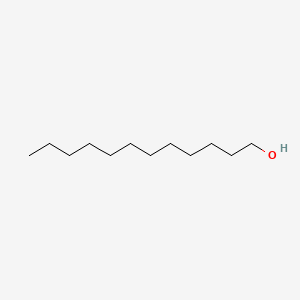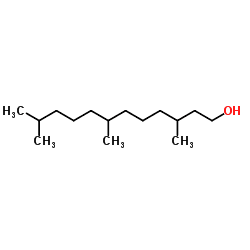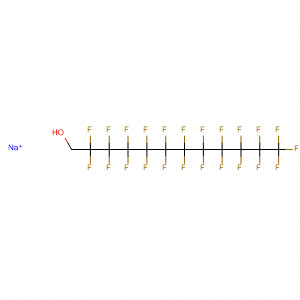Formula C12H26O | Density 831 kg/m³ Appearance Colorless solid | |
 | ||
Dodecanol /ˈdoʊˈdɛkɑːnɒl/ (systematically named dodecan-1-ol) is an organic compound with the chemical formula CH3(CH2)10CH2OH (also written as C
12H
26O). It is tasteless, colourless solid with a floral smell. It is classified as a fatty alcohol.
Contents

Production and use

In 1993, the European demand of dodecanol was around 60 thousand tons per year (Tt/a). It can be obtained from palm kernel or coconut oil fatty acids and methyl esters by hydrogenation. It may also be produced synthetically via the Ziegler process.

Dodecanol is used to make surfactants, lubricating oils, pharmaceuticals, in the formation of monolithic polymers and as a flavor enhancing food additive. In cosmetics, dodecanol is used as an emollient. It is also the precursor to dodecanal, an important fragrance.
Toxicity

Dodecanol can irritate the skin. It has about half the toxicity of ethanol, but it is very harmful to marine organisms.
Mutual solubility with water
The mutual solubility of 1-dodecanol and water has been quantified as follows.


